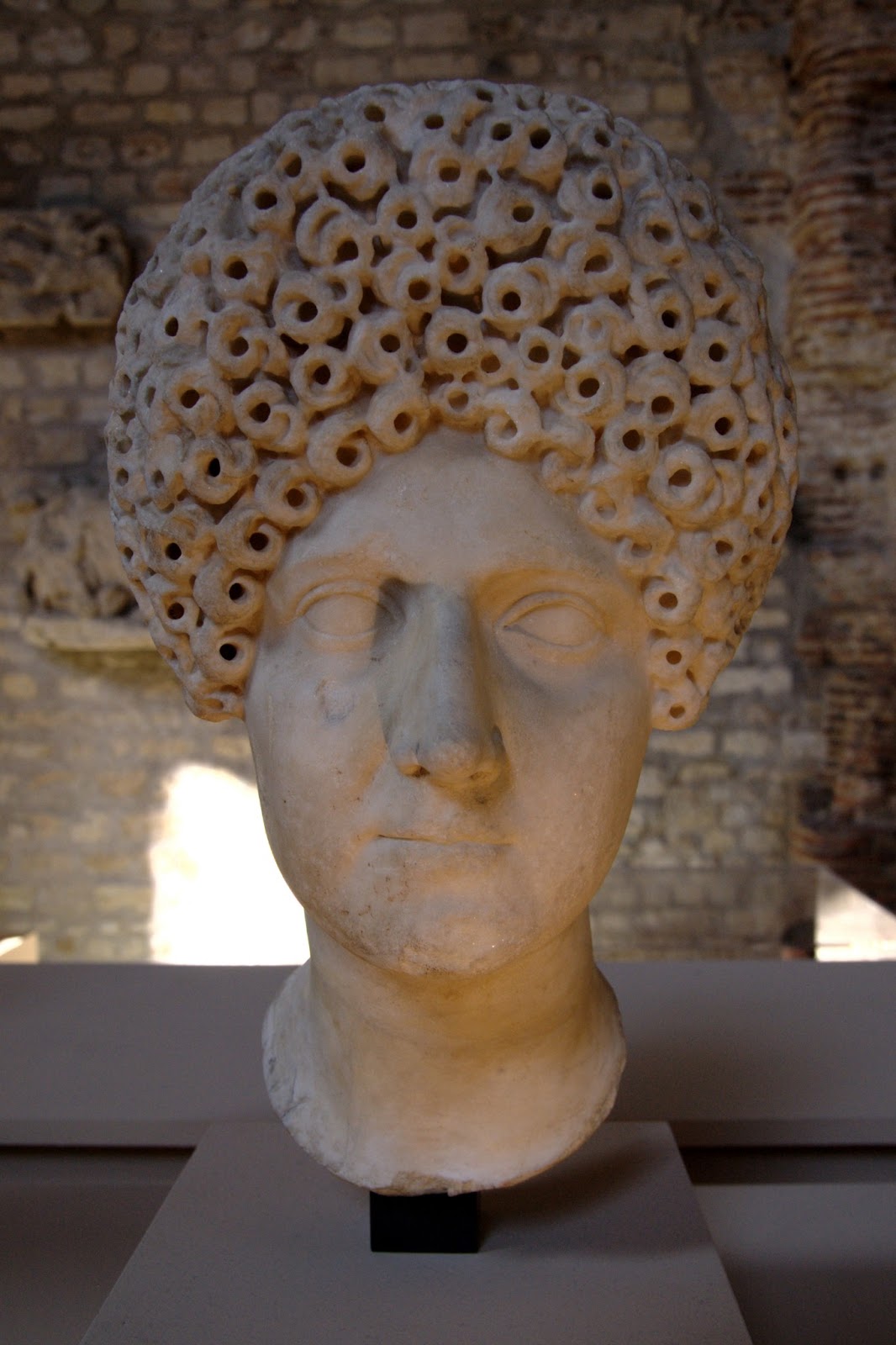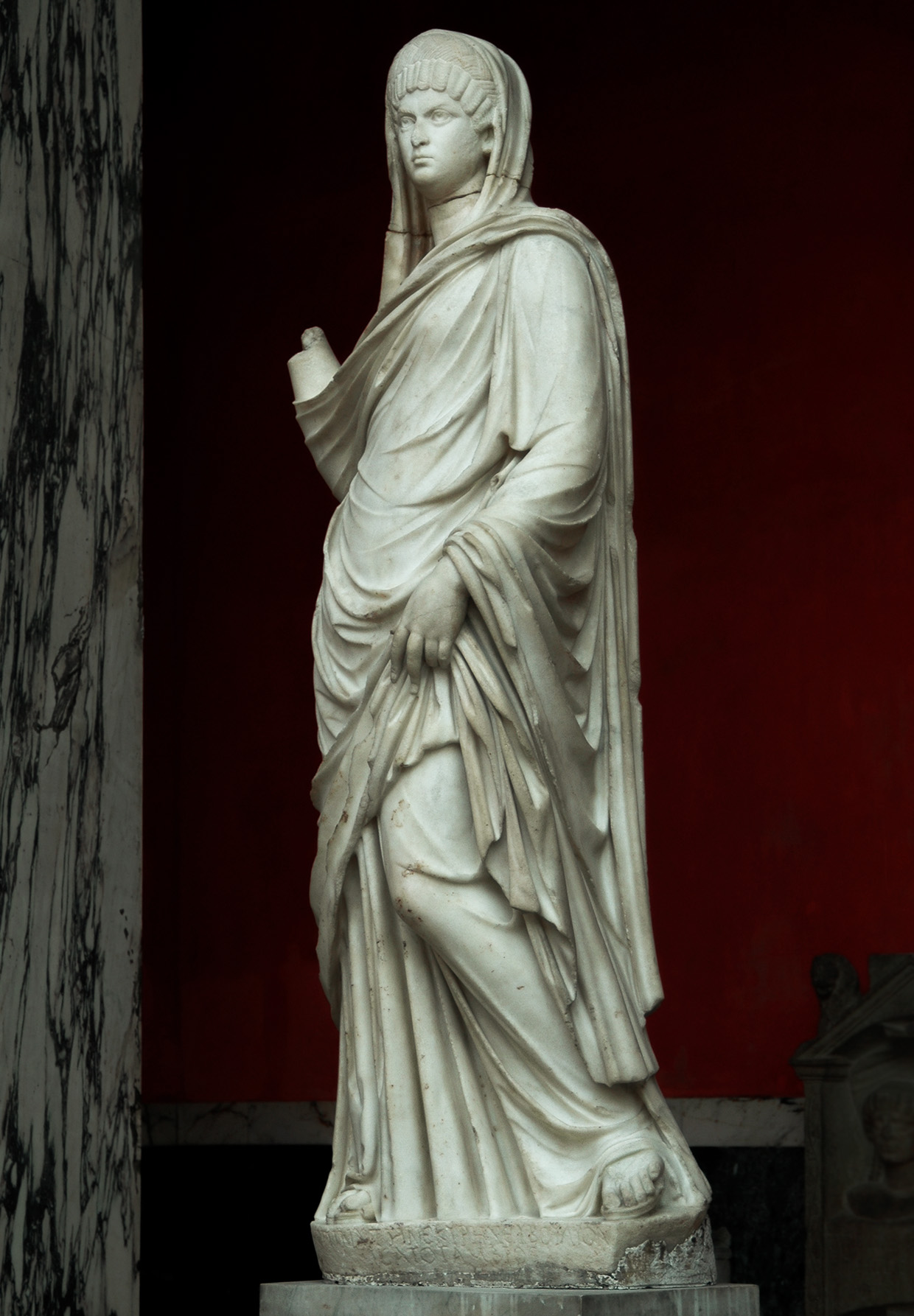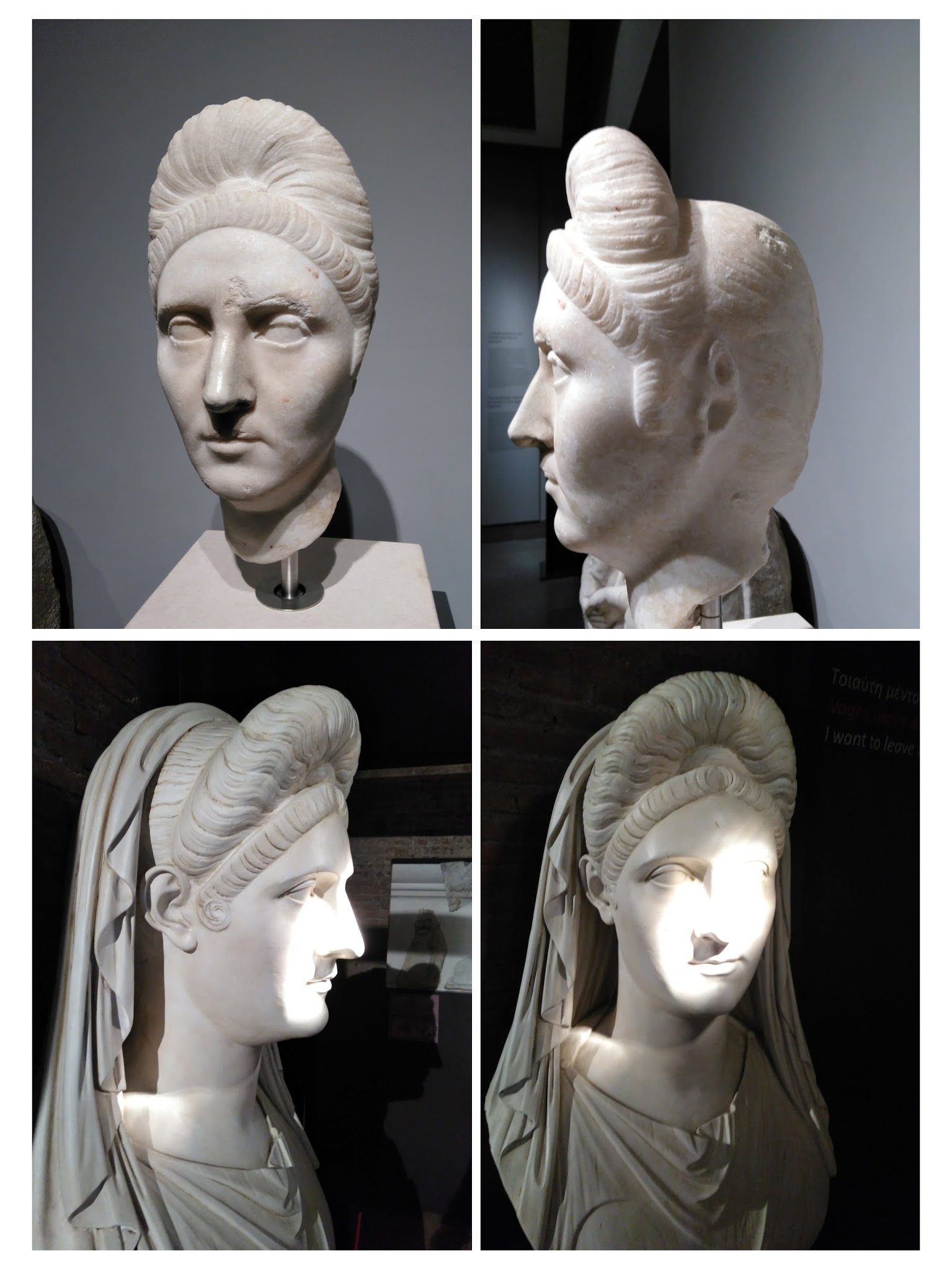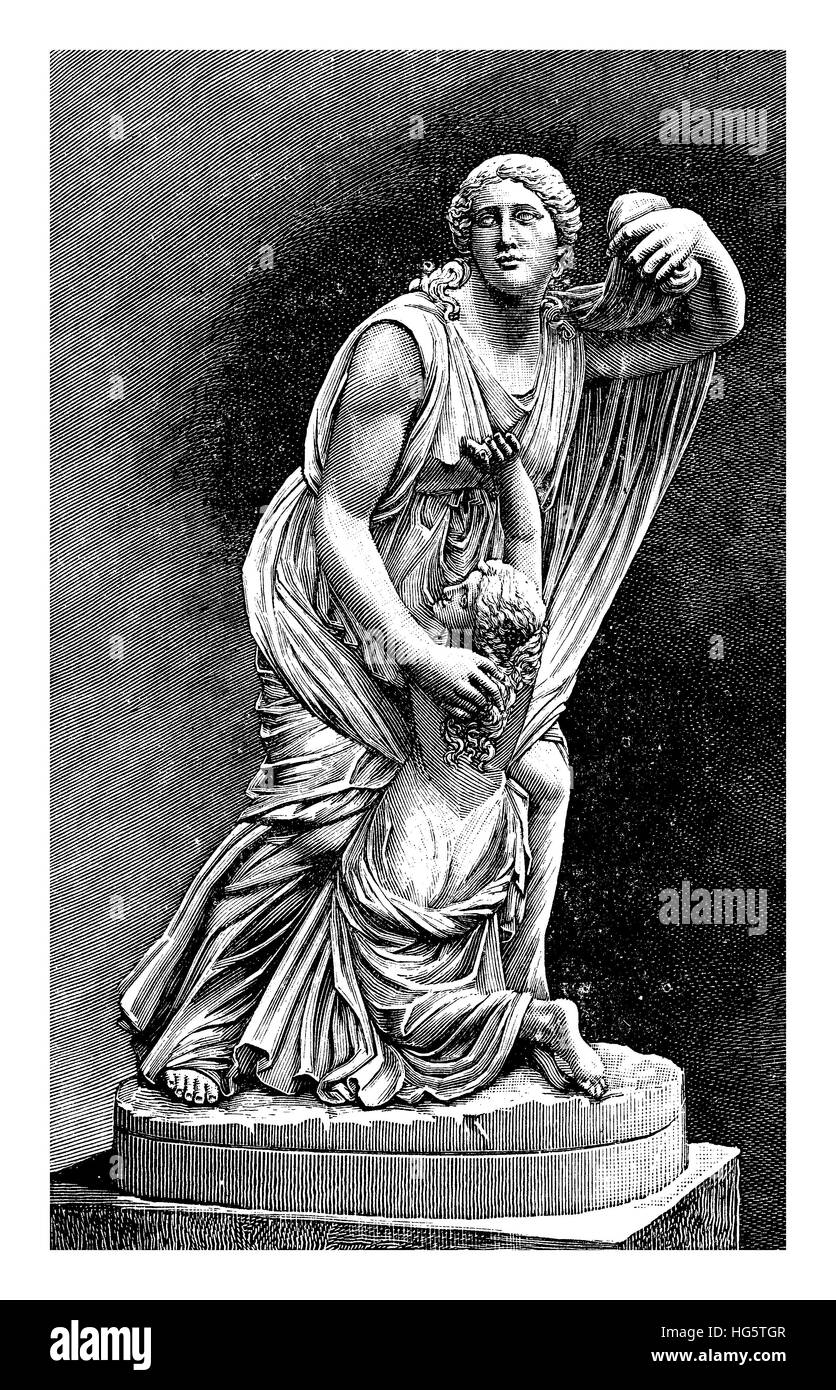Neat Tips About Roman Woman Tower Hairstyle Statue 2017 Hairstyles Male Long

During the flavian era, sculptors also made remarkable advancements in technique that included a revolutionary use of the drill, and female portraiture of the period is renowned.
Roman woman tower hairstyle statue. Roman hairstyles changed, but there were several constant hairstyles that were used continuously, such as the tutulus, or the bun. The beehive, helmet, hairbouquet or pillbox are modern day names given to roman hairstyles. It may not be authentic, exactly, or very old at all.
The tutulus was originally an etruscan style worn commonly in the late 6th and early 5th century bce was a hairstyle worn primarily by the materfamilias, th… Closeup of statue of a woman. In ancient rome, your hairstyle showed who you were and where you stood in society.
Wealthy women could, and did, wear extravagant styles which might take an. Portrait head, with a strongly aquiline nose. Marble bust 'matidia 1' c.119 ce roman statue of a woman with elaborate hairstyle (aphrodisias, 2nd century ad) hairstyle fashion in rome was ever changing,.
During the archaic period (i.e., up to about 500 bc) the male youth or (grk) wore his hair long to the shoulders or even longer finely braided—an extremely artificial. The hair is brought in waves to each side, and ends in a long plait, which. The hairstyle dates the head to the later roman republican or augustan period but the body has been dated to the.
See more ideas about roman hairstyles, roman art, roman. Like the painted mummy portraits, the masks suggest strongly individualized appearances and affect roman fashions in hairstyle, jewelry, and dress. Like most portraits of roman women, this one can be.
Ancient roman women commonly wore symmetrical hairstyles with a center part. Two of the models had mid. Limestone portrait head of a woman resembling cleopatra vii.
Hairstyle fashion in rome was ever changing, and particularly in the roman imperial. The american numismatic society (1997.9.121).


















